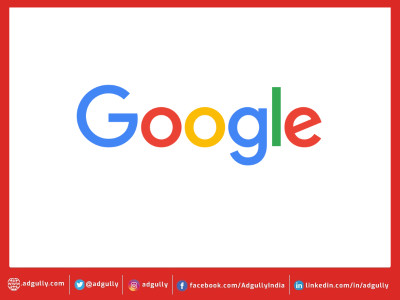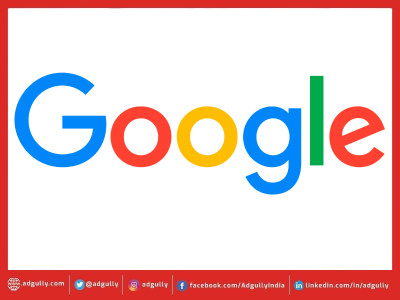MediaCom encapsulates 5 takeaways from Mobile World Congress
It’s easy to get overwhelmed by new product launches and the glitz and glamour on offer at Mobile World Congress. This is an event with all the cachet of Cannes, compressed into eight enormous exhibition halls.
Mobile World Congress is an extraordinary window into the future of connected devices, consumer electronics, the latest handsets and the future of businesses in every sector.
There’s serious insight to be gained, not least for brands who are still coming to terms with the way that mobile is disrupting their business and their marketing plans.
MediaCom has identified five key takeaways from this year’s show, which it hopes will help brands make sense of what was Mobile World Congress 2016. MediaCom also offers a list of things companies can action now to ensure a mobile-first approach for their brand.
• Be bolder with mobile
• Get to grips with Virtual Reality
• Mobile is not just a handset
• Connected devices go B2B
• It’s not all about Apple
Be bolder with mobile
Brands need to be bolder with mobile. The potential and the opportunities are huge. The first generation to use mobile as their first screen is now approaching adulthood, and brands need to be able to connect and engage with what will be a highly influential group.
As Sir Martin Sorrell, CEO, WPP, says, “too many brands are failing to get this channel right”. Marketers and some agencies may think that booking campaigns with Google and Facebook covers off mobile, but that’s taking a very desktop oriented approach.
No-one just lives on Facebook and Google, and particularly among younger target audiences, this is a very fast-moving space when it comes to which content and platforms are hot and which are not. Social media only accounts for 29% of mobile app usage – highlighting the need for brands to address the other 71% as well.
Right now, media spend on mobile is around 62.6% of global digital ad budgets. This compares with 52.4% last year and a prediction of 67.4% in 2017, according to eMarketer.
Get to grips with Virtual Reality
Mobile World Congress told us that Virtual Reality is going to be huge. The consumer buzz around VR is real and will only grow.
Marketers need to work with their agencies to see how this powerful technology can be applied to benefit their businesses. We now talk about key retail environments as destination experiences, but VR can bring a huge number of vivid experiences into the home or make them transportable.
There are massive opportunities for travel, automotive and even product demonstrations within VR, either within pop-up locations or as content experiences.
Mobile is not just a handset
Connectivity now extends well beyond the handset – from the Amazon Dash buttons that we use to reorder household essentials, to the Brita water jug that automatically ensures we always have a fresh filter. These build on previous connected devices like the Braun Mirror and Under Armour’s sporting gear incorporating concussion sensors for rugby and football players.
Right now, many agencies and brands are focused on getting mobile video right. That’s important, of course, but we also need to prepare for a future where screens are much less relevant. The future will be much more focused on services and recommendation engines that ensure a brand’s products and services are always on the consideration list.
Connected devices go B2B
In the very near future, connected devices will become mainstream, from heavy industry through to pharmaceuticals. Mobile in its widest form has huge power to reshape industries and create new opportunities.
The cost of sensors in many fields is now incredibly low, and once the software is developed to visualise the data they provide, they have huge power to disrupt.
The new generation of sensors is much more powerful than the Bluetooth-based tracking devices that were used on platforms such as Tile. By connecting to the main mobile network, they can report back wherever they are.
It’s not all about Apple
The era of monopoly on mobile innovation is now over. This year’s show demonstrated that a host of companies from Sony to Samsung, Alcatel to LG are creating huge new opportunities for mobile.
Apple famously doesn’t attend Mobile World Congress formally, although press reports indicate that its executives do. Globally, it’s had to close its advertising platform this year, demonstrating that making the leap from hardware to our business is much tougher than it appears.
However, we see the main challenge to Apple’s dominance coming from the industry it operates in. The speed of innovation is simply so fast that the once-a-year announcement strategy that has served the company so well is now out of date.
Apple needs to adapt to a much faster moving world.
What to do now
Here are five things that marketers can do now that will improve the performance of your mobile messages, ensuring you think “mobile first” as a mantra to fuel your digital strategies:
Measurement: Use technologies and solutions designed for mobile specifically. This will allow you to demonstrate return on investment and build the financial investment you are putting into mobile.
Strategy: Don’t copy and paste from desktop. You need to go back to first principles: look at consumer behaviour and how mobiles are used and where, what content is consumed, and develop a strategy from the ground up.
Creative: Consumer behaviour is now mobile first; your creative should be too. Build in the time and space to create content for mobile that suits the various platforms, for example, is it vertical for Snapchat? Video needs to be shorter, and brand shots need to be closer to allow for network speeds and screen size.
Innovation: Be bold, experiment, learn and adapt. Mobile is moving fast, so alongside the “bankers” that will underpin your mobile message, allow time and budget to try new things.
Partnerships: The fast pace and increasing revenue opportunities that mobile brings with it has attracted a wide variety of suppliers. At first glance, the mobile Lumascape would give even the most seasoned mobile professional a migraine. Partner selection is extremely important and can mean the difference between success and failure for your mobile strategy. Don’t be afraid to venture out of your comfort zone – simply extending your desktop strategy and partner stack into mobile doesn’t mean that you have a mobile strategy.















Share
Facebook
YouTube
Tweet
Twitter
LinkedIn